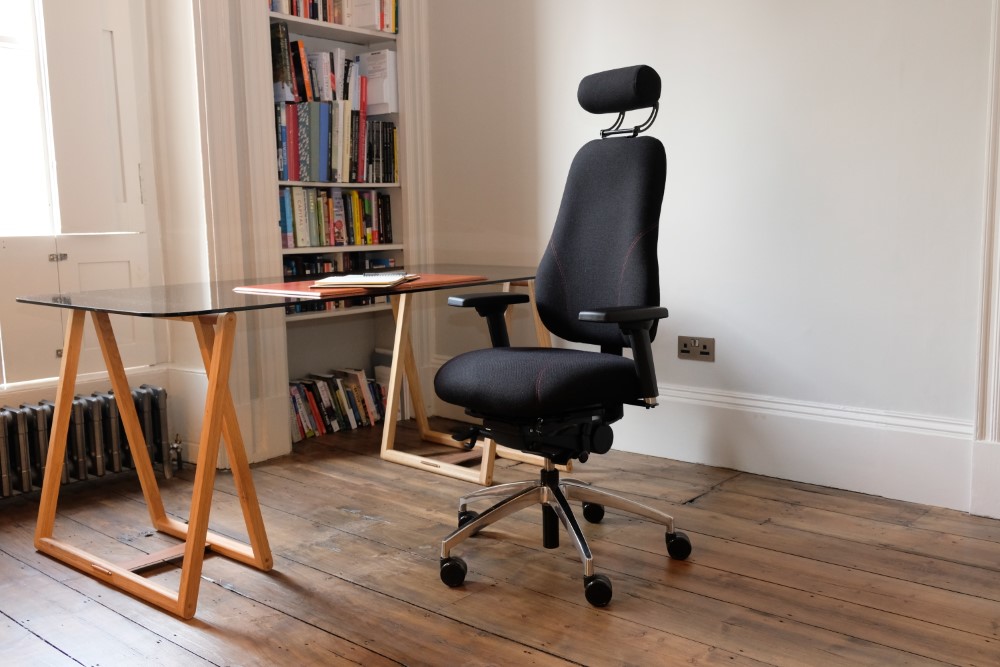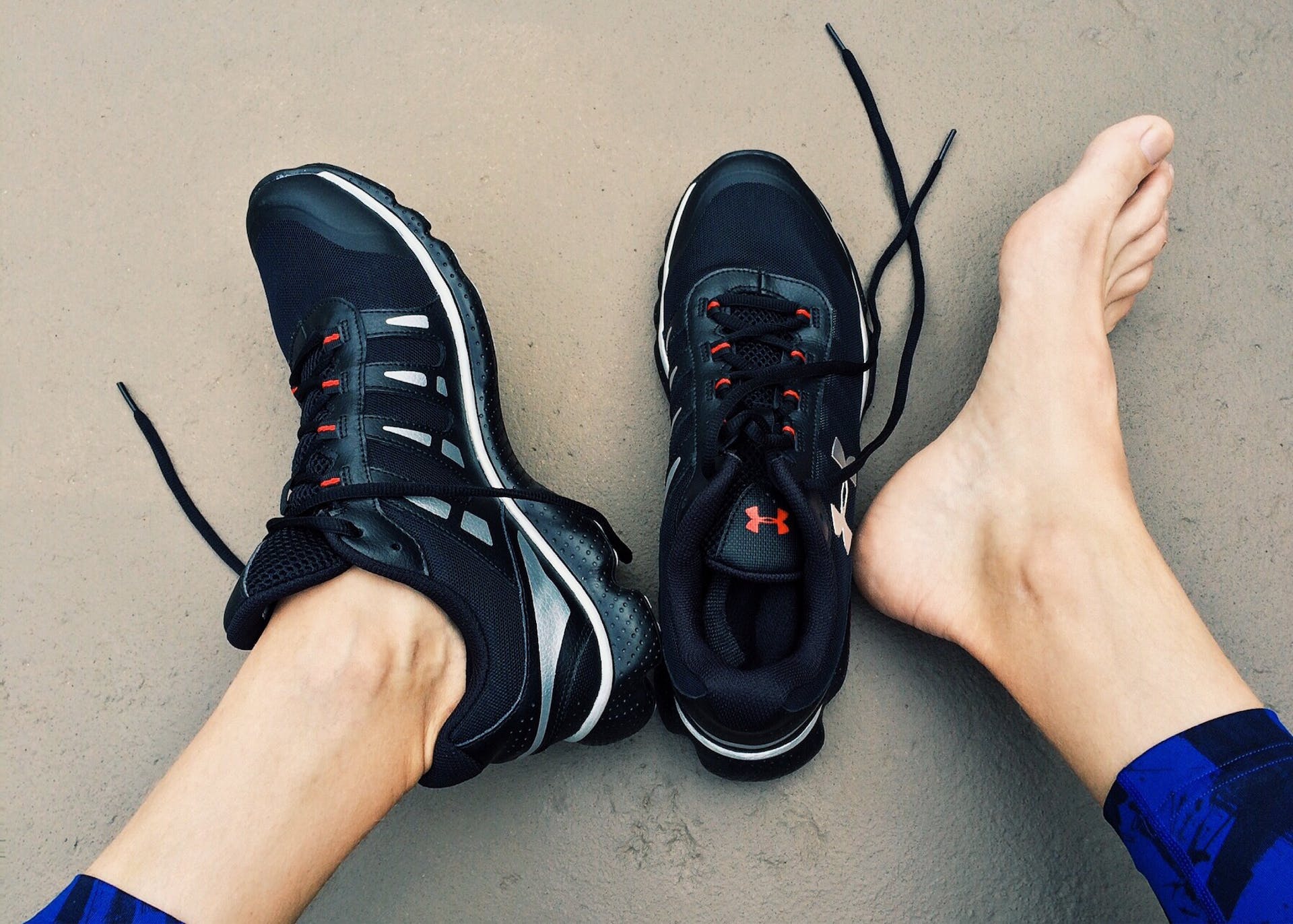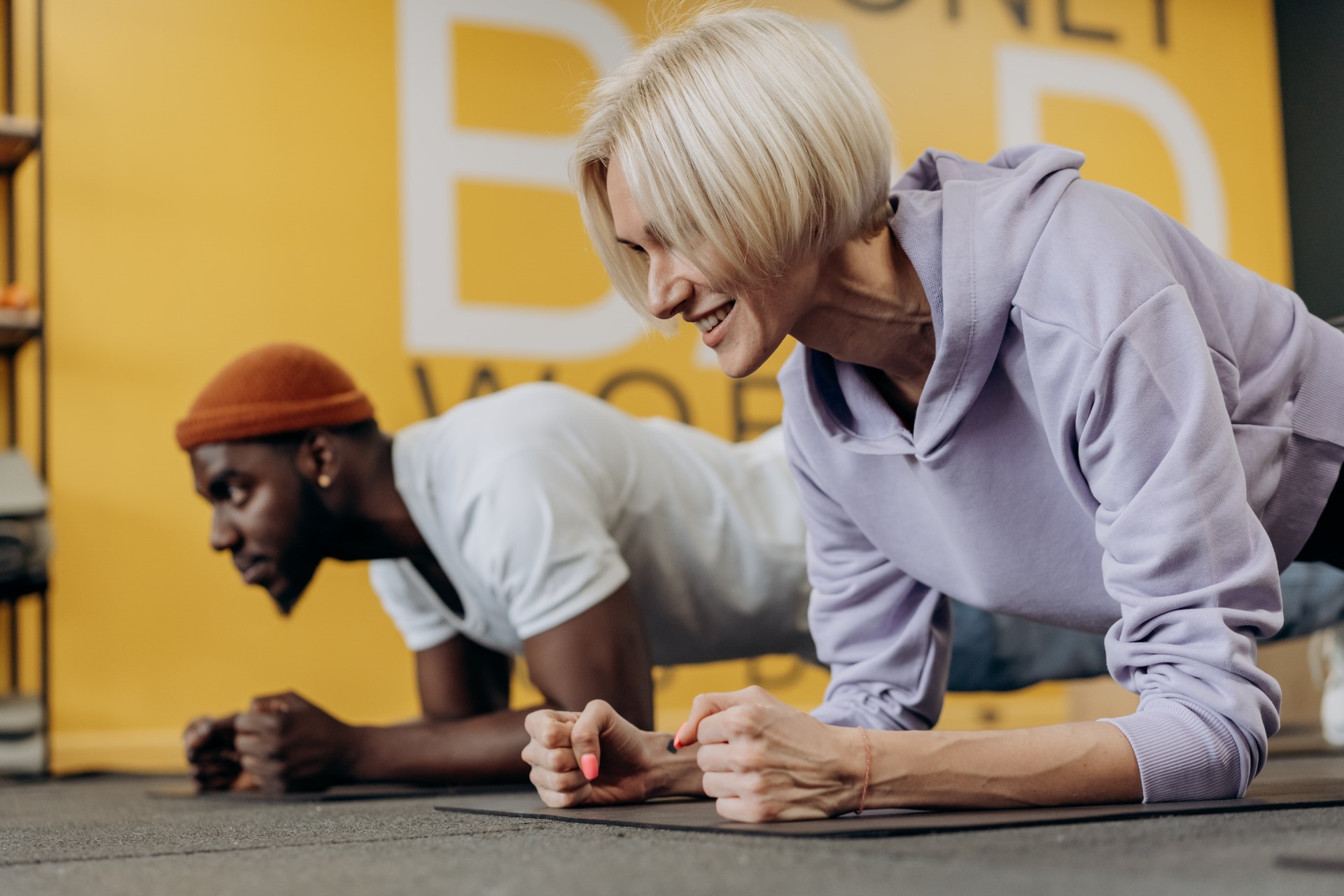Workouts have moved to our living rooms and our commutes are to our dining rooms, our Chiropractor Jess has looked into the impact of our reduced activity levels.
With the government guidelines advising us to stay at home as much as possible due to COVID-19, many of us have had to adapt to a much slower pace of life. Like many of you, I have settled in to a new routine of working from home and have found that I have become much more sedentary, a complete change from my usually active lifestyle.
Under normal circumstances I advocate getting your body moving as much as possible in a way that you enjoy and can commit to. However, with nearly all forms of exercise restricted it’s easy to feel disheartened and to find yourself withdrawing from all forms of movement. So what are the downsides to too much sitting and how can we break the habit?
What are the Health Risks Associated with Sitting?
On average people sit for 9.5 hours each day which increases as we age; those over the age of 75 are sedentary for approximately 11 hours. We still don’t know how much is ‘too much’ but researchers have found that those who are inactive for long periods of time have higher rates of diabetes and cardiovascular disease.
It was once thought that a moderate to high intensity level daily workout would counteract sitting all day, but researchers have identified that a sedentary lifestyle increases the risk for everyone, not just those that are overweight. Instead, we need to reduce the amount that we are immobile throughout the day with regular, short bursts of movement.
Unfortunately, most of the evidence is based on observations which show an association between sitting and ill health but not a direct cause. More research is definitely needed!
Does Sitting Cause Low Back Pain?
Since becoming more sedentary I am experiencing low back ache and more headaches; my inactive lifestyle and Netflix addiction is the obvious culprit, right?
We know that sitting with or without an awkward posture often results in tight musculature, particularly in the neck, shoulders, low back, and hips. Overtime this can lead to an increase in pain and stiffness. However, we still don’t know that sitting causes low back pain. Studies have found that by itself, sitting does not increase the risk of low back pain but it is actually a combination of factors that affect us over a period of time.
Knowing this, the rational part of my brain kicks in and reminds me that my low back is aching because I haven’t done any mobility exercise for a couple of days and the headaches are as a result of drinking too much coffee and not enough water.
How to Avoid Pain?
With the country currently under lockdown, I have surprised myself with how quickly I adapted to this change of pace and fallen into sedentary behaviour. While we all may have formed some bad habits, here are my top tips to get you moving more and sitting less!
- Change it Up – Adopt a different posture every 20-30 minutes. Even small changes such as uncrossing your legs or using a footstool will help.
- Work Standing – Place your laptop on a box, or work at the kitchen counter so you can work standing up. I don’t recommend standing for the whole day, but instead alternate between sitting and standing as often as you feel.
- Schedule a lunch break – Its easy to become chained to your desk when working from home, but make sure to take a lunch break away from your desk. It’s a great time to get some fresh air or to try a midday workout all to give you space and to boost your productivity.
- Walk and Talk – When talking to your colleagues or loved ones on the phone or FaceTime, get up and walk around your house or garden.
- Set Reminders – Set regular reminders on your phone or computer and aim for 2-3 minutes of movement during every hour.
- Set a Goal – Hitting thousands of steps a day may not be achievable while we’re in lockdown, so lower your goal so that it’s still a challenge, but it’s achievable.
- TV Breaks – Get up and move during every advert break or between each Netflix episode; it can be as simple as standing up, walking around the room and then changing your position on the sofa!
- Kitchen dancing – Dance parties are my favourite way to increase your heart rate, get your body moving and release those happy hormones. Play your favourite songs nice and loud and just let your body move!
Have you found any other ways to keep moving at this difficult time? Let us know!
If you would like to speak to one of our Chiropractors, please call 01452 883232 or email j.davy@spinavita.co.uk.








